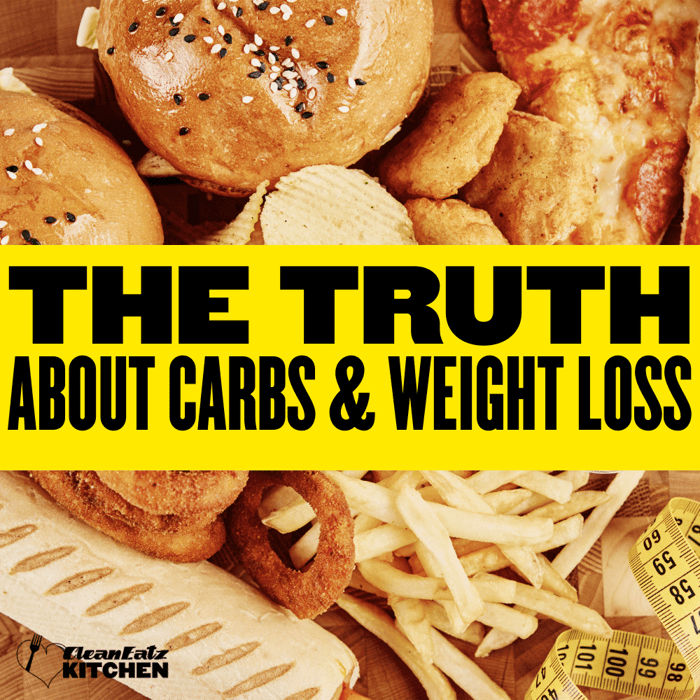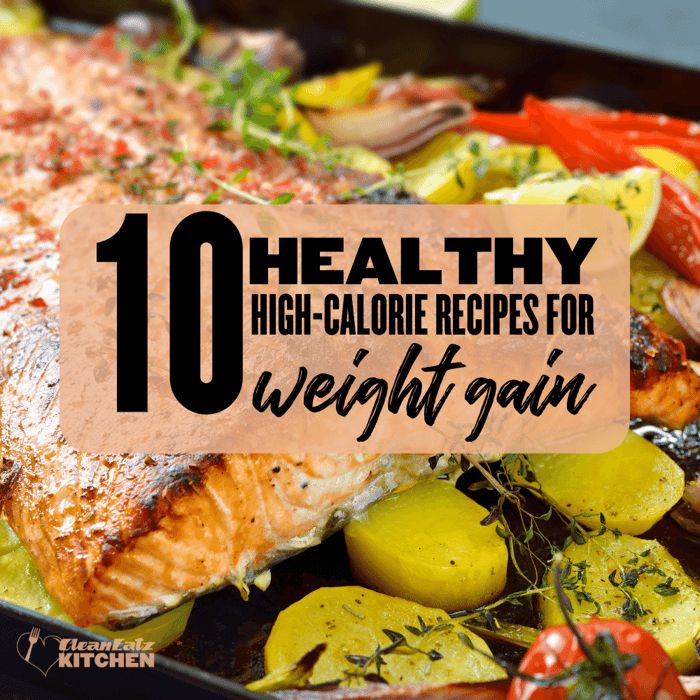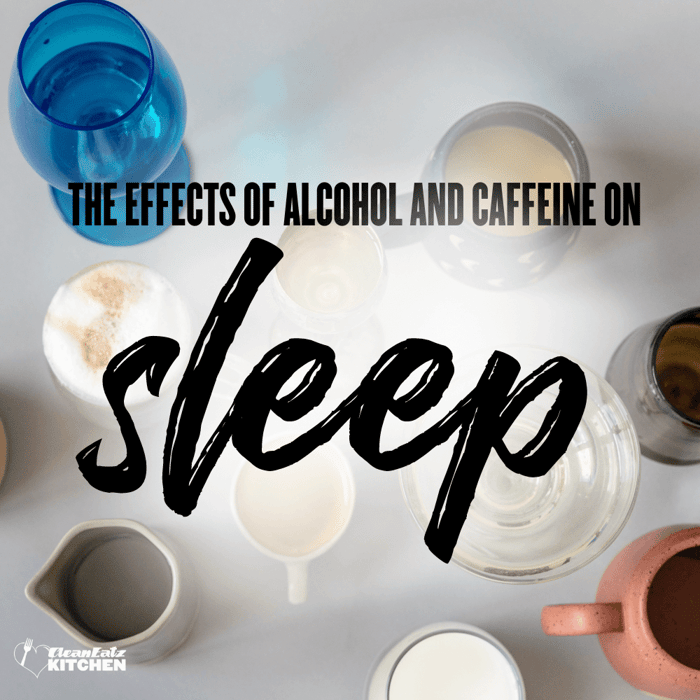Last updated: September 11, 2025
The Truth About Carbs and Weight Loss: How to Make Them Work for You
Short answer: Carbs aren’t the enemy. For most people, the best approach is portion-aware, protein-forward, fiber-rich meals—not cutting every gram. You’ll feel and see more consistent results by measuring portions, choosing mostly high-fiber carbs, and pairing them with lean protein and veggies.
What “Carbs” Actually Means
- Starches: rice, potatoes, oats, pasta, bread, tortillas.
- Sugars: fruit and dairy sugars (naturally occurring) plus added sugars in drinks, desserts, and sauces.
- Fiber: the slow-digesting part in plants that aids fullness and gut health.
Key idea: Your body handles carbs better when they come with fiber and are paired with protein.
How Many Carbs for Weight Loss?
There’s no single number that fits everyone. A practical way to start:
- Moderate-carb pattern: include carbs at most meals, but measure them (e.g., 1/2–1 cup cooked grains or starchy veg per meal) and anchor each plate with 20–40 g of protein.
- Lower-carb days: if you prefer, go lighter on carbs at one meal and add extra non-starchy veggies and protein instead.
- Active days: plan a bit more carbs around workouts (see timing below).
Use your label or food log for exact grams; adjust by appetite, training, and progress.
Carb Timing That Helps (Without Overthinking)
- Before workouts: a small carb + protein snack can improve energy (e.g., yogurt & fruit or toast & egg).
- After workouts: a protein-forward meal with a measured carb supports recovery.
- Evenings: carbs at night aren’t “stored as fat” by default—total daily calories matter most. If they help you stick to your plan, keep them.
Best Carbs for Weight Loss (Choose Most Often)
- Fruits and berries
- Starchy vegetables (potatoes, corn, squash) in measured portions
- Whole grains (oats, brown or white rice measured, quinoa, whole-grain pasta/bread)
- Beans and lentils (carbs + protein + fiber)
Pair with: chicken, salmon, shrimp, tuna, lean beef/turkey, tofu/tempeh, eggs, or cottage cheese—and lots of non-starchy veggies.
Common Mistakes & Easy Fixes
- Free-pouring portions: use a measuring cup or scale for grains and cereals.
- Liquid sugars: limit sweet drinks, specialty coffees, and large juices—fast calories.
- Heavy add-ons: creamy sauces, butter, and big oil pours can double calories; measure 1–2 tsp oil.
- Skipping protein: carbs alone won’t keep you full—add 20–40 g protein to each meal.
- All-or-nothing rules: extreme cuts are hard to sustain; aim for consistency over perfection.
Simple, Balanced Meal Ideas (≈400–600 kcal)
- Chicken Rice Bowl: 3/4 cup rice, 5 oz grilled chicken, peppers & onions, salsa, Greek-yogurt drizzle.
- Salmon & Potatoes: 4–5 oz salmon, 4–6 oz roasted potatoes, asparagus, lemon-dill yogurt.
- Bean & Shrimp Power Salad: 1/2 cup beans, 5 oz shrimp, greens, tomatoes, cucumber, light vinaigrette.
- Oats + Protein Breakfast: measured oats, whey or Greek yogurt, berries, cinnamon.
Make Nutrition the Easy Part
Want done-for-you portions that still include smart carbs? Try our Weight-Loss Meal Plan, customize with Build-a-Meal Plan, and keep quick proteins stocked from our High-Protein Box. Breakfasts like Overnight Oats make mornings simple.
FAQs
Are carbs bad for weight loss?
No. Weight loss comes from a calorie deficit. Carbs can fit when you measure portions, focus on fiber-rich sources, and pair them with protein and veggies.
How many carbs should I eat to lose weight?
Start with measured servings (e.g., 1/2–1 cup cooked grains or starchy veg per meal) inside protein-forward plates, then adjust based on hunger, training, and progress.
Do I need to avoid carbs at night?
Not necessarily. Total calories and consistency matter most. If evening carbs help adherence and recovery, keep them—just measure portions.
Which carbs are best for weight loss?
Fruits, beans/lentils, and whole grains or measured portions of rice/potatoes—foods with fiber that keep you full and power your workouts.
What about bread, pasta, and rice?
They can fit. Keep portions measured, add protein and vegetables, and watch sauces and oils.
Disclaimer: This article is for general information only and isn’t medical advice.




